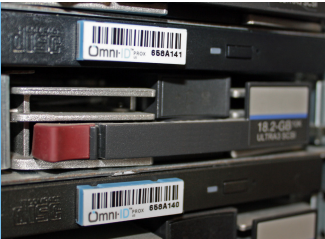Selecting the Right Passive RFID Tags
- Jonathan Pugh
- Oct 27, 2021
- 2 min read
Updated: Oct 27, 2021

Passive RFID tags have a small microchip and an antenna, which can be activated by a handheld RFID reader or Fixed RFID reader. The tags are able to communicate by being powered by a mobile or fixed RFID reader.
RFID can enable new levels of productivity through automation. If you rush out and buy your passive RFID readers and RFID tags, you might be in for an unpleasant surprise.
So what is the problem?
The problem is that RFID tags come in a wide variety of shapes and sizes with a huge spectrum of performance characteristics.
Choosing the wrong tag could lead to disappointing results.
What considerations do you need to think about when purchasing tags?
What assets you are tagging
Different RFID tags are meant to be applied to different kinds of assets
Paper label RFID tags - These tags are designed to be put on paper items like documents and folders. Other materials like plastic surfaces also work well.
Metal mount RFID tags - An ordinary paper label RFID tag placed on a metal surface will not work at all. Metal mount RFID tags are designed to be placed on metal surfaces
Size Matters
A general trend with RFID tags is that the smaller the tag, the shorter the range of the RFID tag. You can find very small RFID tag for very small assets, but you may only get 1 foot of RFID range.

Want to use a printer?
Another consideration is if you need to print onto the surface of the RFID tags. Some tags are designed to be used with only specific printers. Buying the wrong tags is painful enough, but buying the wrong RFID printer can be catastrophic.
Lean on the experts
Choosing the right combination of RFID tags for your requirements can be very challenging. Many companies decide to consult with an RFID expert to make sure that they are doing everything right.
InfinID Technologies is here to help
Here at InfinID, we provide professional services to go on-site at a customer's facility and do an RFID tag needs assessment. We go over all customer requirements to make sure that they are receiving exactly what they need for an outstanding solution.












Comments